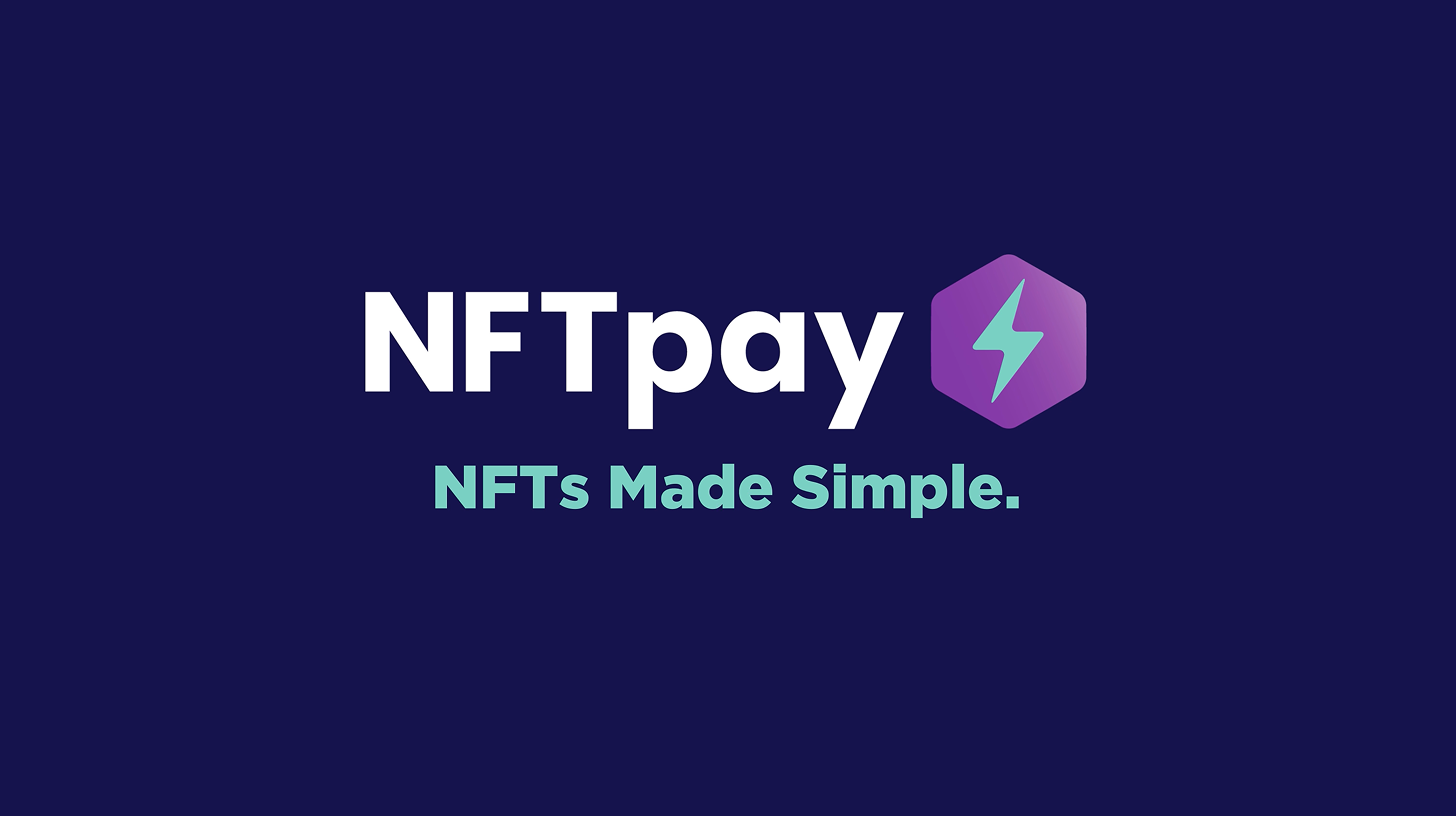The Creative Portfolio of Mat Poprocki
-

PixelBeasts
PixelBeasts are 10,000 unique pixel art NFTs that came to life in 2021 by artist, venture capitalist, and AI expert Yohei Nakajima launched by NFTpay. The launch had a remarkable success, generating $1.6 Million in less than a minute. Today, PixelBeasts NFTs are known for being Web3 playable avatars in Pixels and Nifty Island. PixelBeasts…
-

NFTpay
NFTpay is a fintech company that developed software to enable credit card transactions on websites and applications to buy NFTs. NFTpay made it easier for buyers to purchase NFTs without needing cryptocurrency or a crypto wallet. By offering a convenient and familiar payment method, NFTpay expanded the NFT market and attracted new users to the…
-

Bunjia
Bunjia Rope Flow is a style of Rope Flow that expands what’s possible with a rope designed to be thrown, caught, whipped, and spun. This project encompassed the full spectrum of product development, from conceptualizing a novel rope flow style using weighted handles to securing a patent-pending status. I not only developed the equipment and…